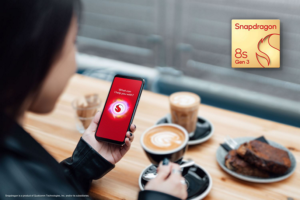Honor, once the sub-brand of Huawei, seems to be killing it of late. Its new Magic 6 Pro, shown off in Kuala Lumpur today, aims to keep a winning streak going after the recent debut of its slim foldable, the Magic V2.
The more conventionally shaped Magic 6 Pro, though not foldable, aims to thrill with its imaging prowess. Onboard is a relatively large 1/1.3 sensor and a feature – variable aperture – that’s uncommon on smartphones.
It also packs in what you’d expect of a flagship phone today. And unlike Huawei, from which Honor was spun off in 2020, Honor phones support Google services.
In other words, you don’t have to worry about not being able to use Google Maps or apps that depend on it. Notably, the Magic 6 Pro comes with MagicOS 8, which is based on the Android 14 operating system.
Also under the neat chassis is the latest Qualcomm Snapdragon 8 Gen 3 processor. It is complemented with 12GB of memory and 512GB of storage space, so playing the latest games or editing 4K videos should not be an issue.
But enough about the specs. The first thing you will see is the huge camera module at the back which is bounded by neat metallic finishes. The rest of the phone is covered with “eco” leather in pistachio green and metal frame.
Upfront, the 6.8-inch LTPO OLED screen is also curved to give users a near bezel-less view when watching YouTube or Netflix.
The only downer is the screen’s pixel count at FHD+ 1,280 x 2,800 which is a tad less than the Samsung Galaxy S24’s Quad HD+. Nevertheless, the difference is minimal perceptively, especially for small smartphone screens.
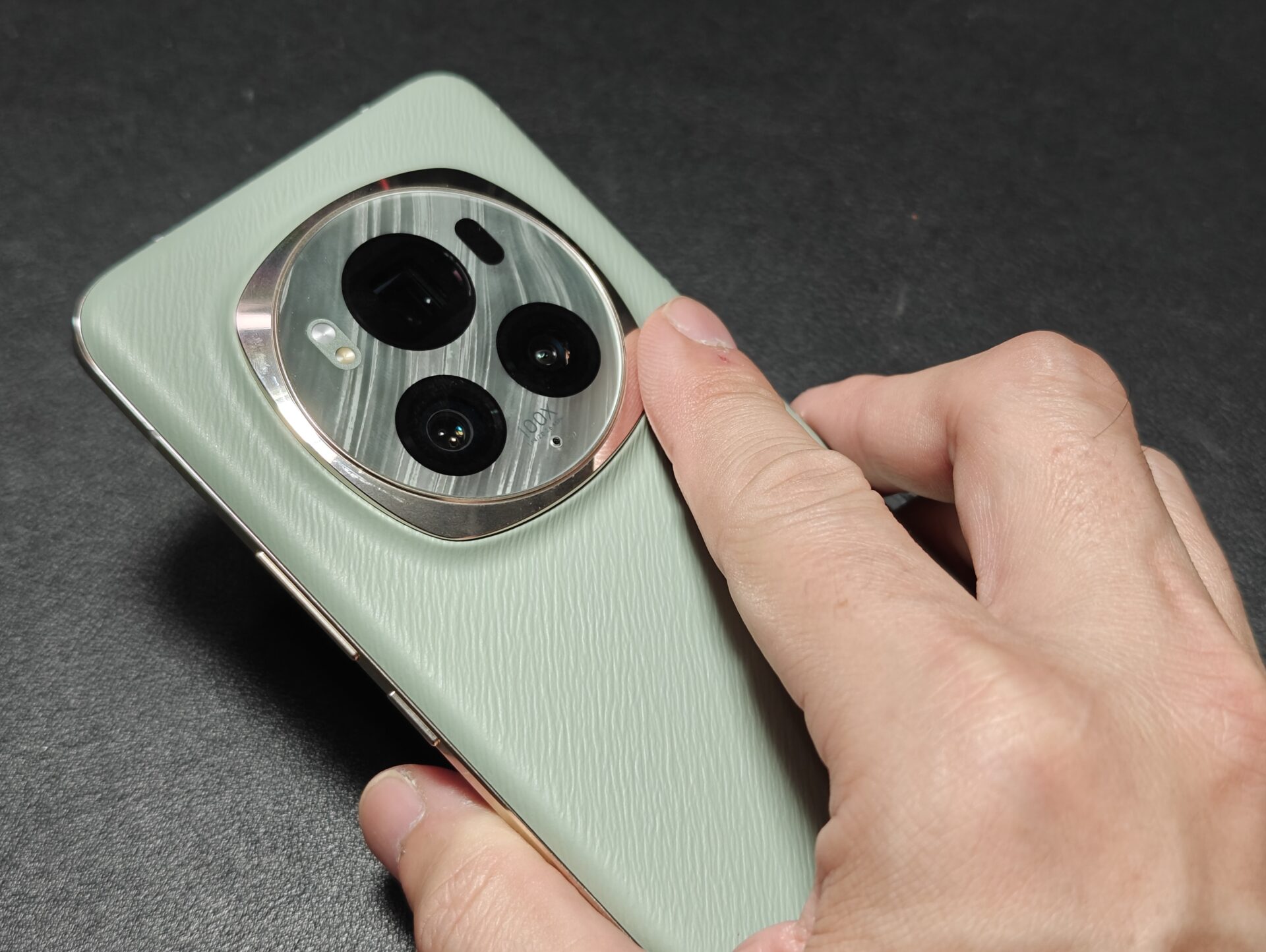
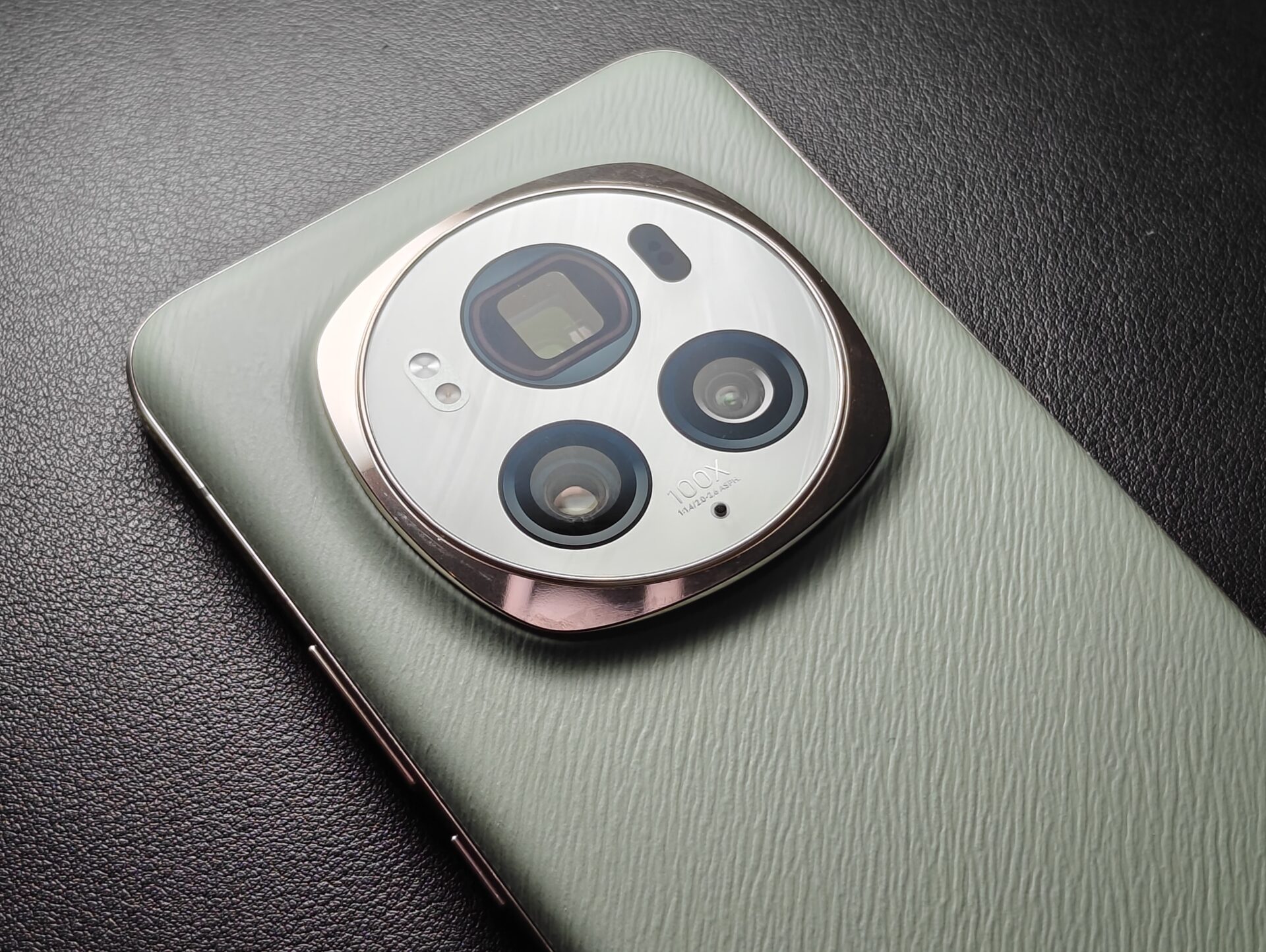
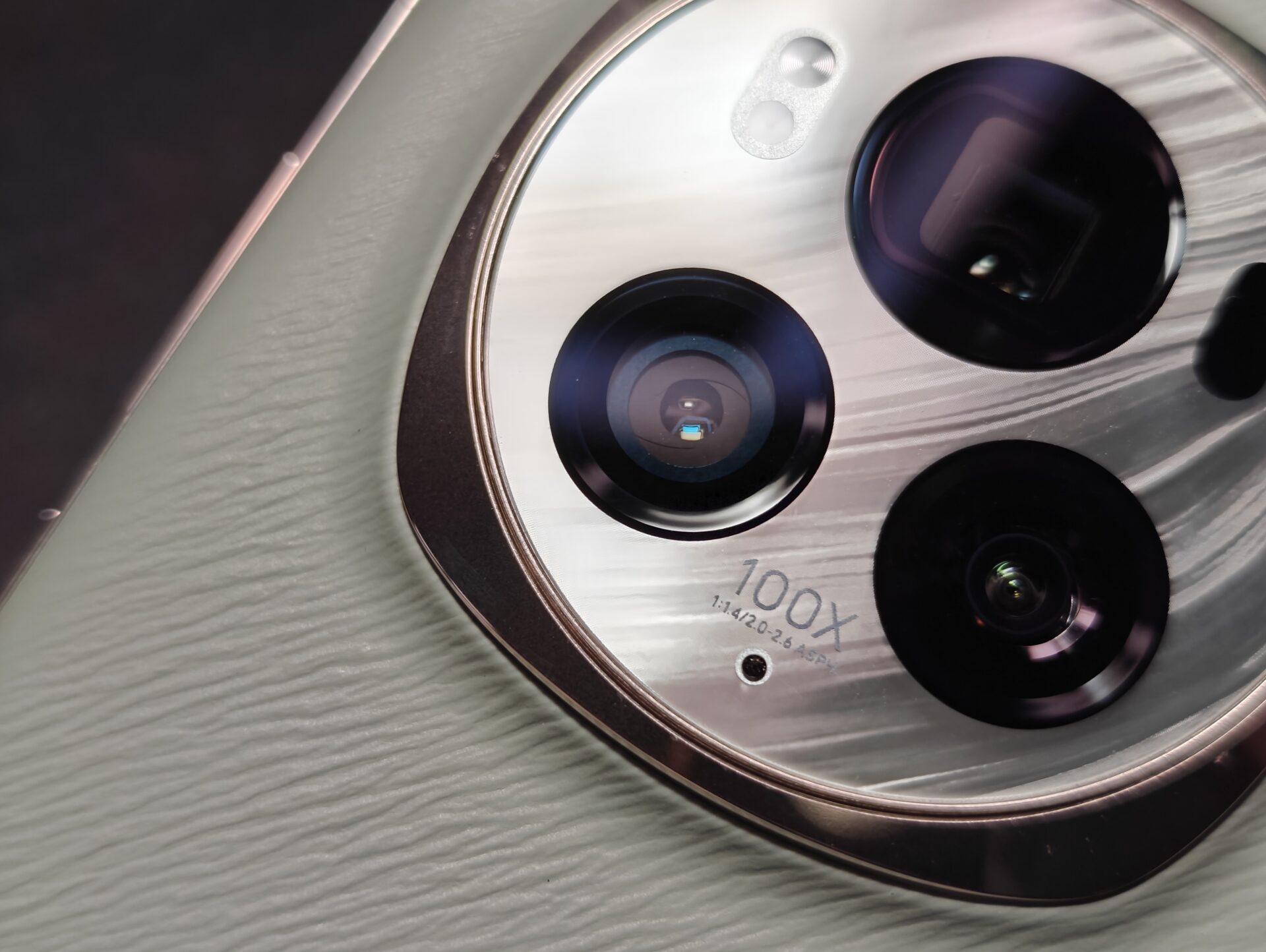
The Magic6 Pro not only feels good when held in the hand but the look and feel are luxurious as a flagship phone. Its design gets top marks for aesthetics.
Honor has ticked the right boxes with the imaging system too. The main camera utilises a 50-megapixel 1/1.3-inch sensor with a rarely seen feature on flagship smartphones – variable aperture between f1.4 and f2.
Avid snappers will appreciate lowering the f-stop in the aperture to have a greater depth of field when shooting macros, say, for flowers, bugs and food.
A smaller aperture will also help them photograph light trails and fireworks in the phone’s Pro mode. Yes, unfortunately, the aperture setting is only available in Pro mode.
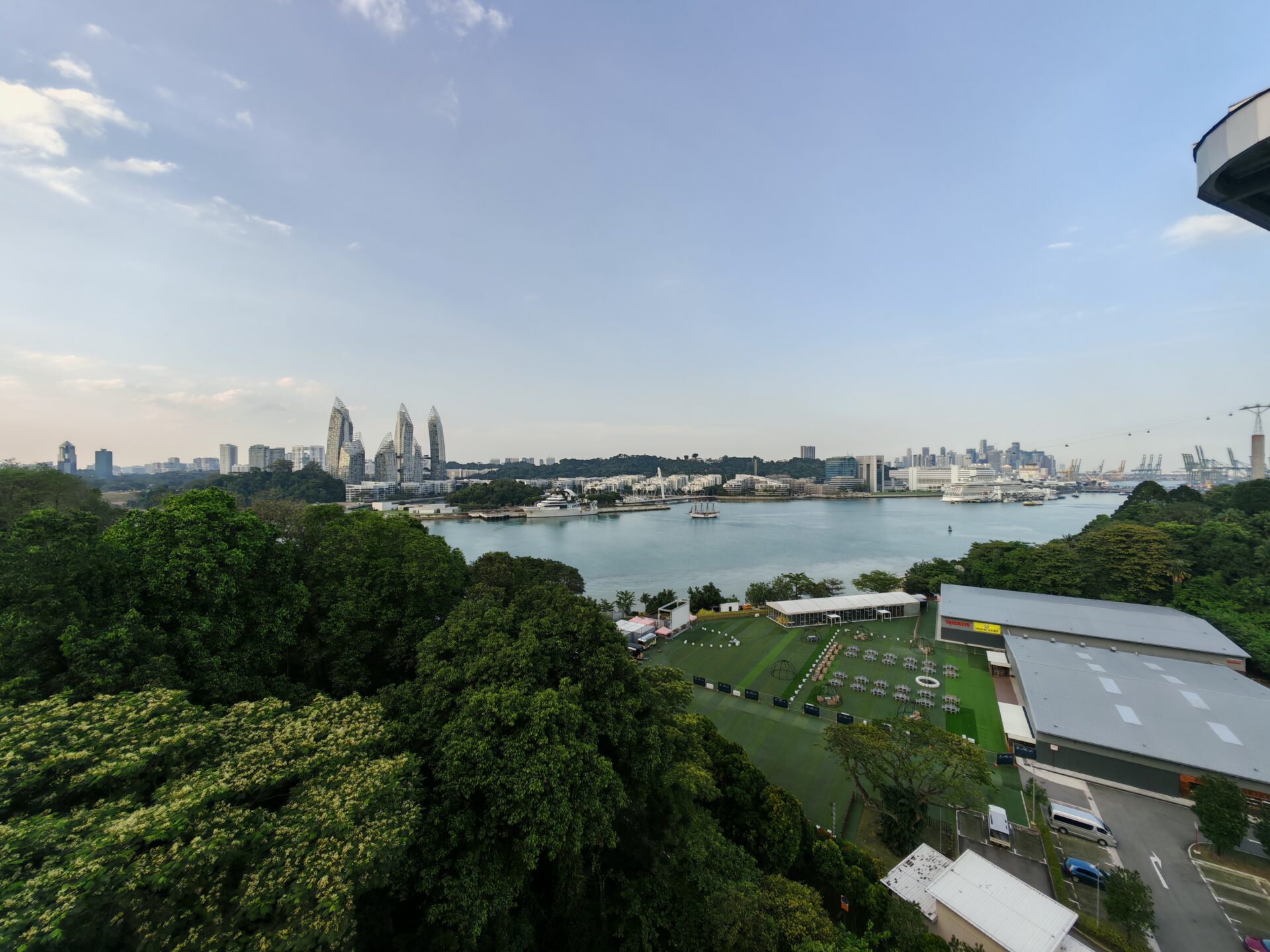




The above images show my testing the telescopic zoom system with a 180-megapixel sensor. Clearly, the details are excellent in the evening’s low light. However, I would not go beyond 10x zoom to retain image quality.

I am also happy that the ultrawide camera has a 50-megapixel sensor. Most brands compromise by leveraging the primary sensor instead.
More surprisingly, the Honor Magic 6 Pro comes with a staggering 180-megapixel telephoto zoom with a 2.5x optical zoom and a 1/1.4-inch sensor that promises better image quality.
That said, using a high-resolution sensor means the Magic 6 Pro relies more on cropping to zoom. I prefer using longer optical zoom of more than 2.5x rather than AI to create the final zoomed-in image, even though my quick test shows excellent image quality at 5x zoom.
Any digital zoom over 5x will start showing image quality degradation. At 100x, the image is likely to be unusable if you want clarity.
What is interesting in how Honor has squeezed so much imaging capabilities into a pretty slim chassis. The Magic 6 Pro uses Shape Memory Alloy (SMA) actuators, which can change to a pre-determined shape depending on temperature.
Developed by Cambridge Mechatronics, SMA allows Honor to combine autofocus and OIS functions into a single component, thus taking up less phone space while still being able to focus quickly to capture fast-moving subjects.
At the same time, the smartphone has a multi-spectrum colour temperature sensor that helps capture better details in light and dark areas and accurately reproduces colours in images. This is important when taking photos in high-contrast scenes.




Another impressive feature is the camera’s video function. With the Movie mode, you can shoot in Log or video raw file format.
This means you can tweak the colours in post-production or use the built-in LUT filters to get your desired colour effects, such as ‘sun-splashed’ for a warm look or ‘nostalgia’ to get that retro vibe.
These LUT filters, which are preset colour filters, will appeal to videographers because they help create a cool video without a lot of manual tweaking on a smartphone.
However, the movie mode’s main weakness is that you can’t shoot it with the ultrawide-angle lens. That would have let you capture more of the background.
You can use the regular video mode with the ultrawide-angle lens and apply similar filters during post-editing using a video editing app, but that would not be as convenient.
The panorama function is also another feature that could have performed better despite the phone having some of the best imaging hardware.
When sweeping the Magic 6 Pro to shoot in low light, I found that it did not switch to a faster shutter speed to avoid motion blur in the picture.
Interestingly, despite this era of AI-enabled imaging, sometimes shooting manually is better than having settings being applied automatically by the smartphone.
For example, I have to switch off AI mode when shooting close-ups, since I use the main camera for better details. At times, human intervention still needed for the best results.
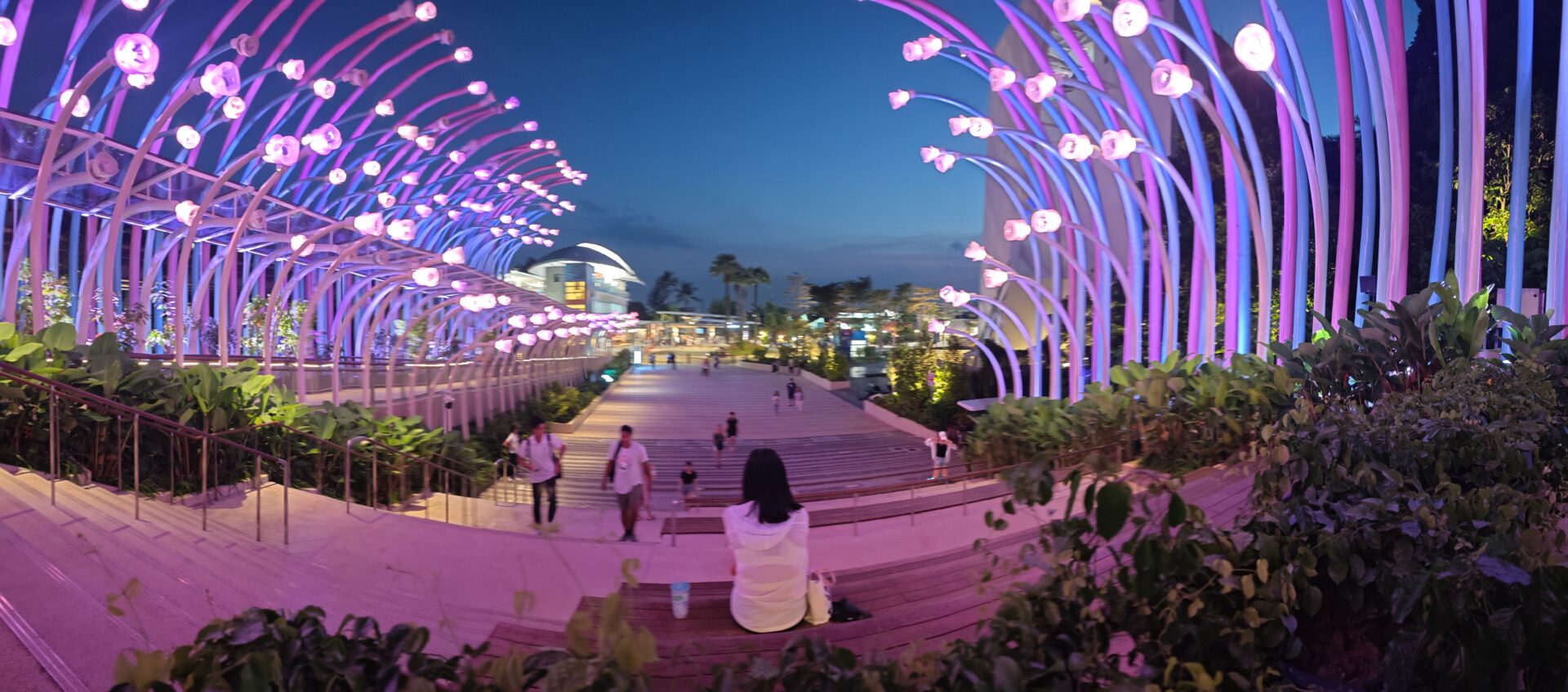

For selfie lovers, Honor has included a 50-megapixel front-facing camera that is surprisingly good even when shooting in near darkness.
With some help from the light coming from the bright 5000-nit screen, the camera illuminated my face during a test to achieve good exposure for my selfies.
Next to the front-facing camera is a 3D Time-of-Flight camera that maps out a user’s face for a more secure and accurate authentication method rather than relying on a flat 2D image.
Even though I can rely on the fingerprint scanner on the screen to access the phone, the camera’s authentication process is instantaneous. So, one more choice if you are the type whose fingerprints often fail on a sensor.
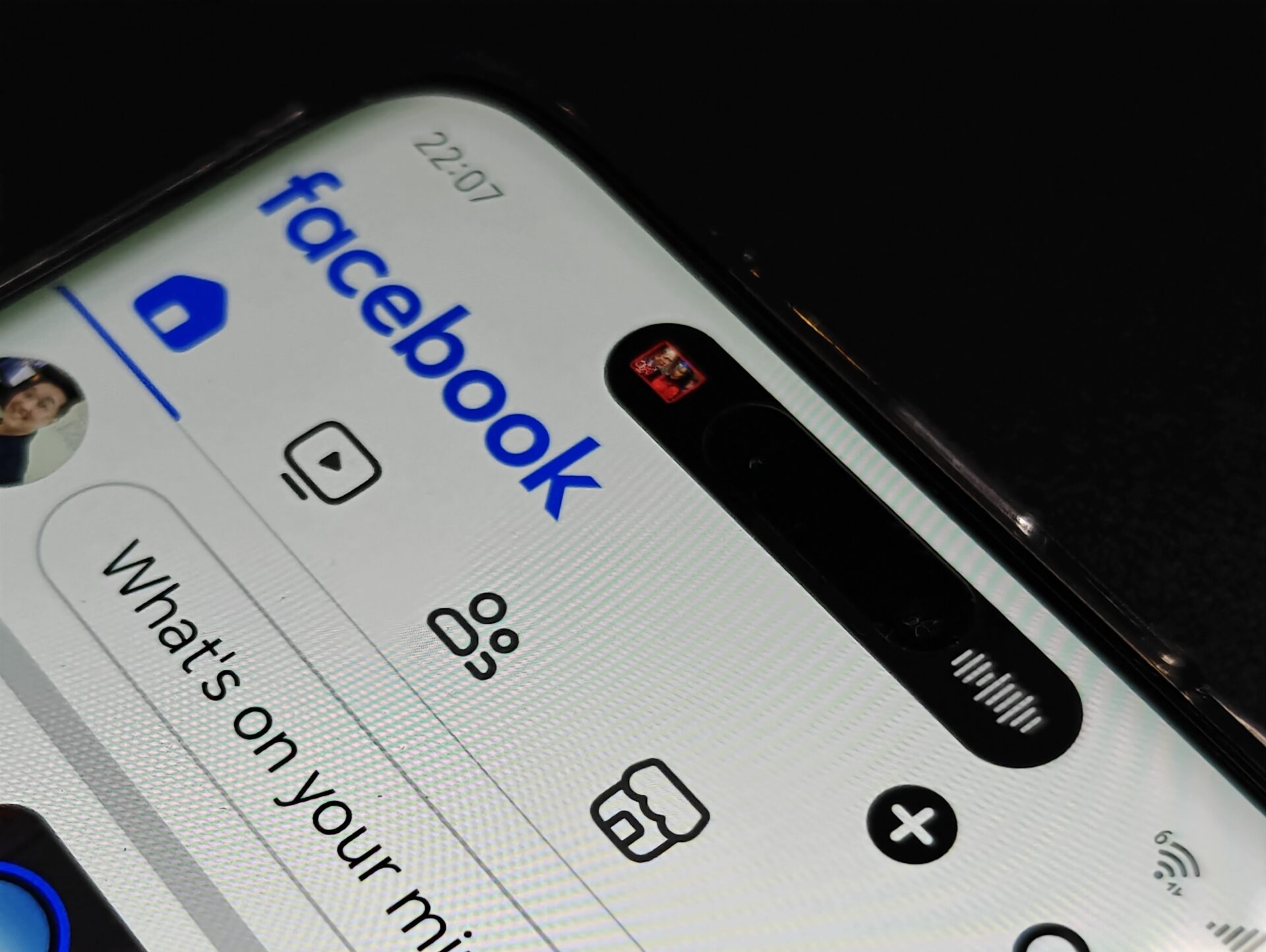
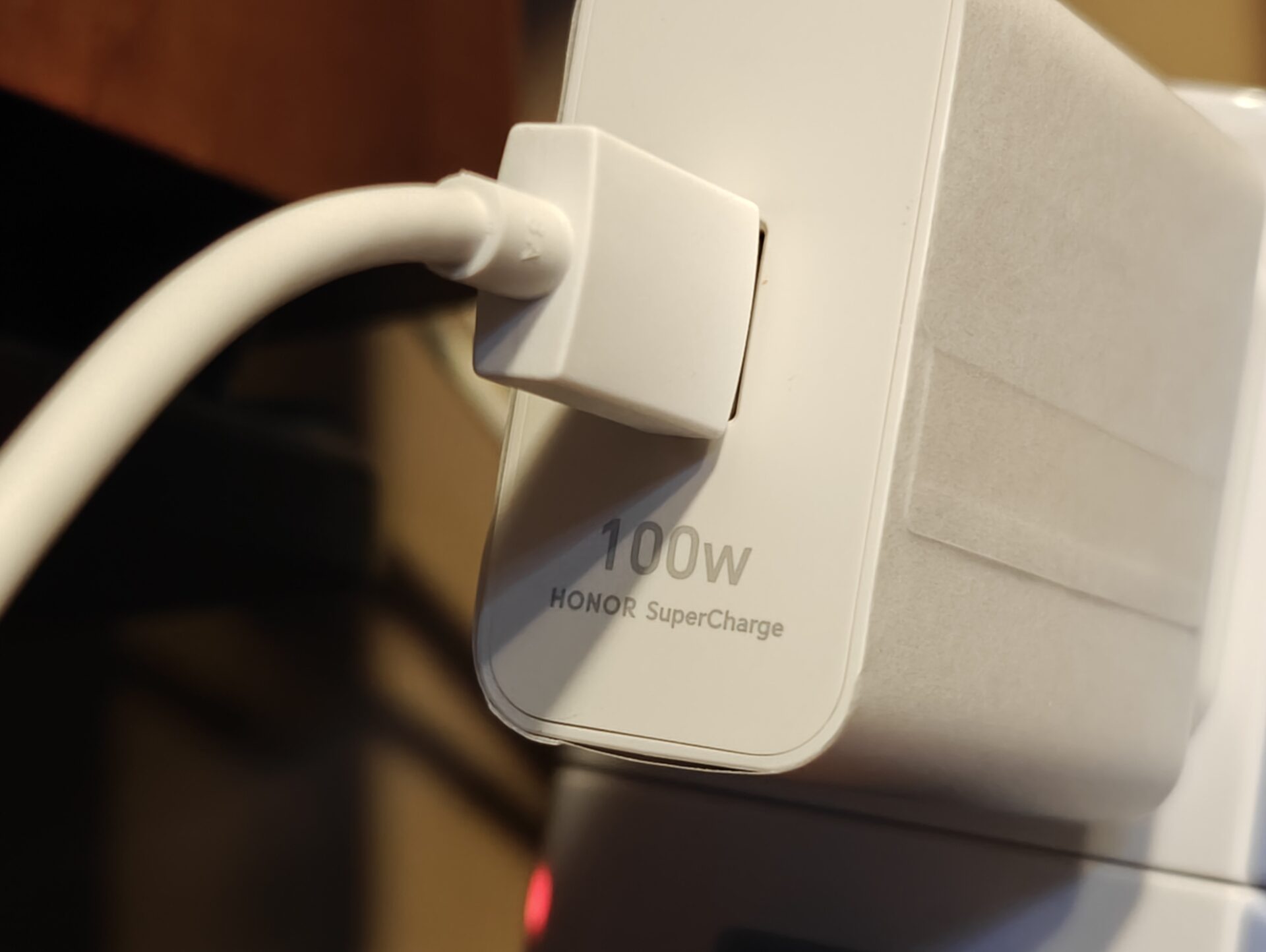
Thanks to a 5,600mAh silicon-carbon battery, the new Honor phone can last an entire whole day with 20 to 30 per cent of battery power left.
This is even when I was shooting photos and videos for the better part of a day, and entertaining myself by watching Netflix and YouTube during my train rides.
If you need to charge up the phone fast, Honor has bundled a 100W charging brick that will fill up the phone in less than an hour. It can be charged wirelessly too using Honor’s own 66W wireless charger that is sold separately.
Notably, there are some software tweaks to the operating system that is unique to this phone. For one, the phone can show apps that are running in the background such as YouTube and WhatsApp right next to the front-facing camera module. It certainly reminds me of the Apple iPhone’s Dynamic Island.
Honor also has its Magic Portal that allows you to drag lines of texts or an image in the photo album to the side of the screen to attach them to an e-mail or social media apps. This makes short work of sharing content quickly.
The apps supported now are WhatsApp, Instagram, Facebook, Facebook Messenger, Google Maps, Gmail and Google Search. More apps should be added to make this feature useful.
The good news is that the Honor Magic 6 Pro’s price of S$1,399 is enticing. Most flagship phones with the latest processors and such an impressive camera system usually cost well north of S$1,500 these days.
It helps, too, that the new phone is also luxurious looking and feels premium in your hands. Honor has hit a winning formula here.

